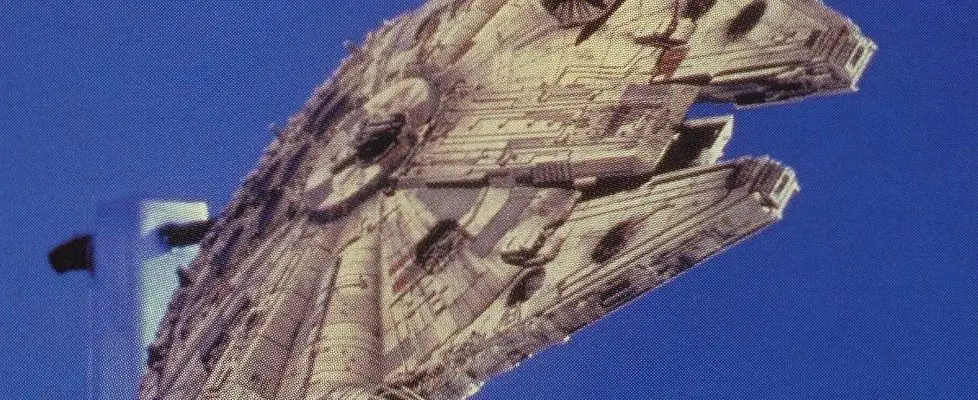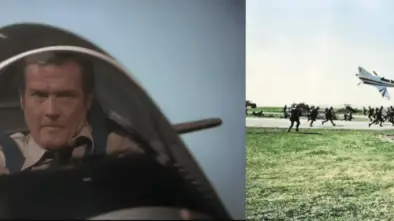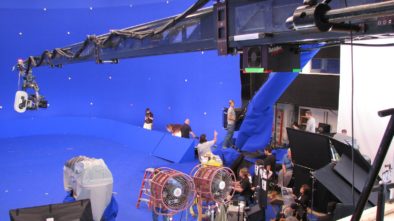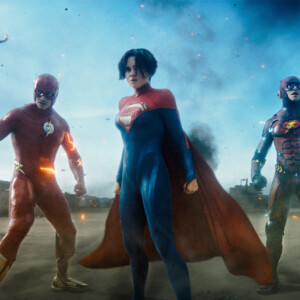Cinematographer Mark Vargo Breaks Down The Blue Screen Process Used On ‘The Empire Strikes Back’
ILM revolutionized the blue screen process in the 1980s. And its most important developments were made on Empire.
Before green screen sets and digital backgrounds, blue screen technology was the cutting-edge process of the late-70s and the 1980s. Blue screen helped Christopher Reeves fly in Superman–The Movie, and, of course, it was instrumental in creating the spectacular dogfights between X-Wings and TIE Fighters above the surface of the doomed Death Star in Star Wars: A New Hope.
Nevertheless, it was the second film in the Original Trilogy, The Empire Strikes Back, that revolutionized blue screen by pushing the technology to its limit. Anyone who remembers watching the Mark Hamill-narrated SP FX: The Empire Strikes Back remembers the difficulties in making that spectacular asteroid field chase, the film’s most complex blue screen sequence.
The spacecraft and the environment were all moving objects. Only the vast matte paintings of the giant asteroid served as the one solitary background element towards the end of the sequence. Asteroids rotate, and collide with each other and TIE Fighters. Meanwhile, the Millennium Falcon slalomed through the obstacle course of moving rock. In 1980, the sequence was a jaw-dropping epic sequence that opened audiences eyes to an exciting future in sci-fi cinema. On Empire significantly more elements were shot separately in front a blue screen and then composited together into a shot. The addition of scores of moving asteroids narrowly missing the Millennium Falcon pushed blue screen to the limits.
Recently, cinematographer Mark Vargo has recognized Empire’s contribution to the advancement of blue screen technology in the video below. Vargo, who worked in the miniature and optical effects unit on Empire, said the developments in blue screen in 1980 were filmmaking’s equivalent to NASA’s conquest of the Moon:
I compare this era in cinema to our nation’s lunar program. An amazing cooperative of artists, imagination, optics, engineering, and home-brewed software. I learned the blue screen process at ILM on The Empire Strikes Back.
Vargo begins with a quick history of earlier compositing methods and special photographic effects, before explaining the complex blue screen process. Compositing is a lot easier today, but its worth watching to marvel at what it took for ILM to create The Empire Strikes Back.




